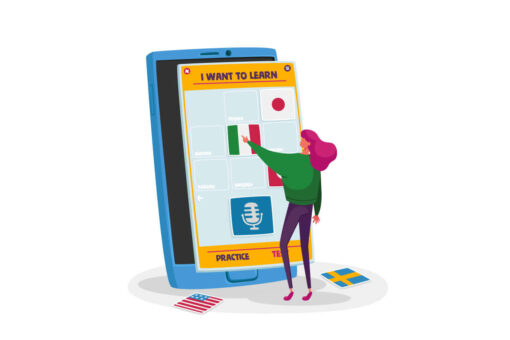How to Gamify Learning Content

Gamification is a buzzword in the e-learning world, but what does it mean, is it an effective way to learn, and how do you do it?
A simple definition of gamification is applying the principles of game design when developing learning content. Essentially, what makes games so fun and engaging, and what aspects of gaming can we apply to increase learner engagement?
You may question whether gamifying learning dilutes its educational impact. But gamification isn’t simply turning learning into a game: if we can use principles of gaming to excite, capture and motivate learners, they’re more likely to learn more, retain more information, and ultimately see learning as an enjoyable experience.
So, what principles do we use when gamifying learning content?
Tell a story
Games often have a narrative, which creates an emotional connection. Why not tell a story through your e-learning content as well? Rather than jumping between discrete topics, learners should feel they’re constantly building on their understanding and working towards a meaningful end goal. This could be in the form of a ‘big question’ posed at the outset, the answer to which learners will discover by the end of their journey (even if the answer is that there is no answer!).
Recognise achievement
Gamified learning also creates a sense of achievement: that feeling you get when you complete a level or defeat a boss. Progress bars, recogniton when learners hit key milestones and rewards will make learners feel positive about their learning and motivate them to move towards the next achievement.
Rewards can be as simple as digital trophies or celebratory emails, or they can be more tangible. In our Ryze app, students gain points when they complete lessons or correctly answer quiz questions, which can then be traded for rewards such as a free coffee or planting a tree.

Keep it fresh
In the same way games hook players by offering constant novelty, for example by introducing new areas to explore, you can keep learners engaged by releasing content in stages or allowing them to ‘unlock’ new areas or achievements.
In the Ryze app, students can unlock new achievements by completing actions such as opening the app a certain number of times. We also release our content on a weekly basis so there’s always something new to learn.
Create connections
Online learning doesn’t have to be a solitary experience. Many games have a social element, which can also be incorporated into e-learning. You could integrate discussion forums or comment sections into your platform and provide discussion prompts to get students talking and even answering each other’s questions (but ensure there is a moderator in place).
This is a key element of flipped learning, where the individual is empowered to take responsibility for their own learning, and learners then come together to share their knowledge in an interactive, collaborative space.

Gamification Related Vector Line Icons. Outline Symbol Collection
Maximise interactivity
Finally, sitting in a classroom can be a passive experience. It’s important for gamified content to be interactive, so learners aren’t just absorbing information but also sharing and applying it. This could simply be in the form of activities where the learner receives feedback from tutors, or discussion questions where learners share their own perspectives.
At Studious, we’re also exploring technologies such as interactive videos, in which learners can make decisions to control the outcome of a situation such as a job interview. This creates a more immersive and empowering experience.
Other articles

6th Oct, 2021
Blended learning for languages can boost student engagement
Blended Learning: What Is It? As the name suggests, blended learning blends different learning methods. Essentially, blended learning combines traditional in-classroom teaching/learning with technology-based self-study outside of the classroom. The second part of the blended learning approach, the technology-based e-learning component, can offer real support for language learning. The internet has a wealth of resources, […]

13th Sep, 2021
ESTU + Studious - new partnership!
We are delighted to announce Estu+Studious: a new partnership with ESTU as part of our new corporate services development. Working with Simon Littlewood and Karl Eddy of Estu, Studious will deliver tailored learning solutions available for use in Apprenticeship Levy schemes to major corporations. The content delivered by Studious will be suitable for Learning […]

4th Aug, 2021
Tone of voice: what is yours?
How to use the top brands’ comms tactic to engage students with your online educational content Fast forward to September 2021: after weeks spent preparing classes, creating activities, developing quizzes and choosing case studies, you still have more videos and microphones turned off during your online lecture than you would like. How can […]

